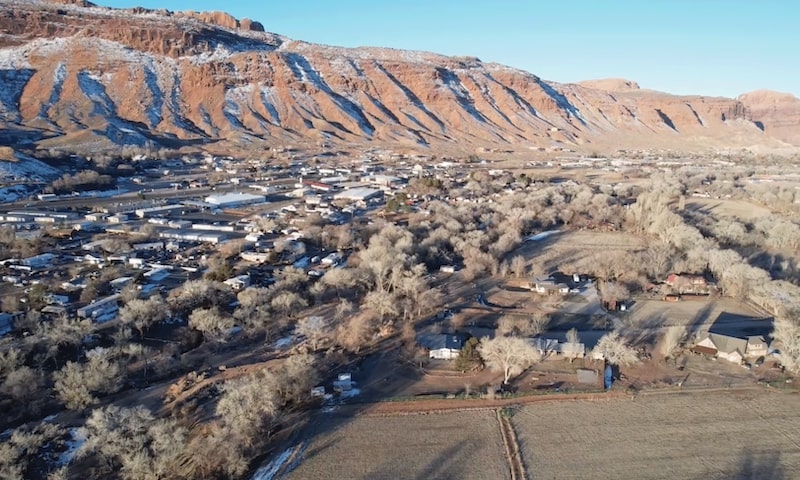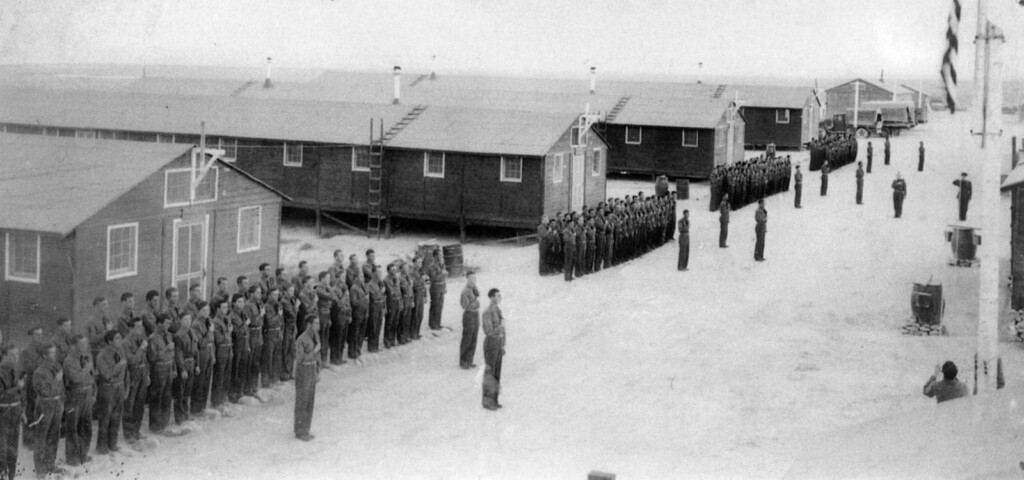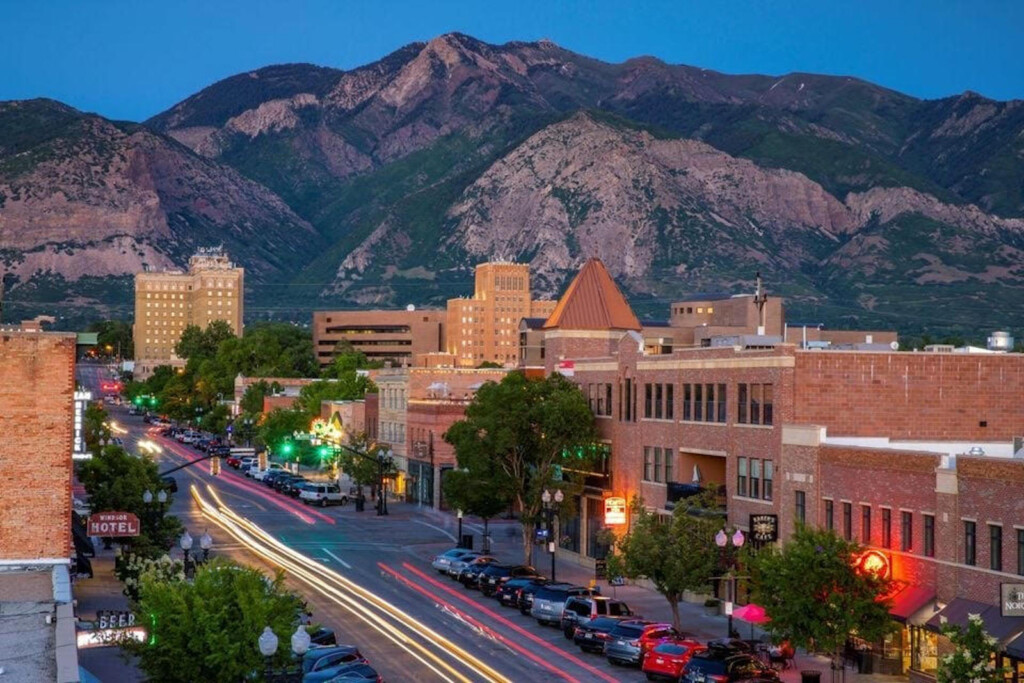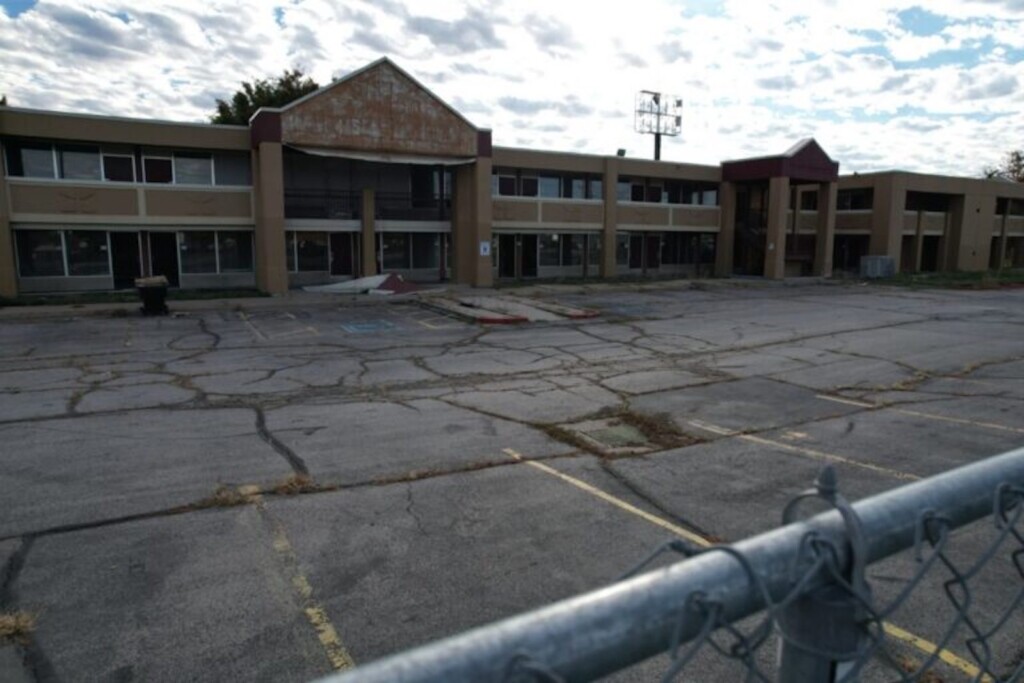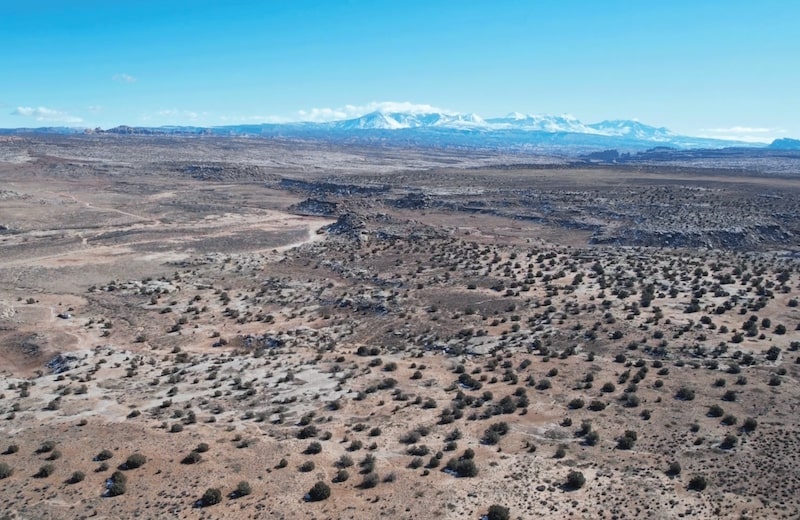
The wind-swept painted desert canyons, arches and vistas are calling. Moab beckons the masses during the spring, summer and fall. Annually, we pack up our SUV with our dogs and hiking gear for days of long, quiet walks in the desert while the redrock contrasting the white-blue La Sals is quiet. We hear only a gentle wind through sagebrush. After a few days, our frazzled city nerves are calmed. The wind drives the sand, and the sand carves the stone as it has for eons. Today, the winds of change are blowing.
To say that Moab is a “boom town” or is “suffering from growing pains” doesn’t accurately capture the town’s dynamics. Moab’s growing pains are systemic. Residents feel a sense of belonging, but without a sense of ownership. Not only river guides and restaurant employees, but also teachers are having an incredibly difficult time finding affordable housing. Many are resorting to living out of their vehicles.
The process of traditional gentrification is a well-known story for tourist towns. Park City, Aspen or Vail, and even Sugar House started out being great for the working-class poor, but once the wealthy elites discover how “hot” the real estate is becoming, they swoop in like vultures and buy up land, houses, rental properties. The corporate elites buy and build hotels.
Then, the question and challenge for city leaders becomes: Will Moab remain a town for working class adventure-seekers and working-class residents, or will it become yet another place for the elites to bank their money in mansions and attempt to set rules and guidelines that protect their investments?
The conflicting sets of priorities engage in a tug-of-war. The reason for this new tug could be summed up in a bumper sticker that reads, “Paris, New York, Los Angeles, Moab”. In terms of what one night in a Moab room can fetch at peak season, Moab has been surpassing its big city companions on that sticker. $390 per night at Moab’s La Quinta Inn.
This astronomical figure, despite the ever-increasing inventory of lodging, has attracted big-capital investors: Wingate, Weston, Marriott, Curio Collection by Hilton, Hyatt. Just in the course of the past five years, all have opened shop in Edward Abbey’s once sleepy Moab. While the city has shunned corporate chains when it comes to restaurants — Denny’s closed its doors last year — it seems, prior to their building moratorium, that the city opened its arms to lodging developers. And why wouldn’t they? Hotel guests spend their money, they mostly stay inside of the parks, they provide jobs, they bolster the economy.
Navtec’s Land Battle For Employee Camping
Brian Martinez of Navtec Adventures is preparing dozens of Land Cruisers, rubber boats, life vests and first aid kits for his fifty rugged guides who will soon be returning to town for the upcoming season. Navtec is one of Moab’s oldest and most-respected adventure guide outfitters.
In January 2022, Moab City and Grand County decided to enforce a “no-city-limits camping ordinance”. Martinez said that they assured him that their three-acre plot beside the waste-water treatment facility, where many of their guides camp, would not be impacted by the new law.
However, the law makers and law enforcers were not communicating. Martinez says, “once the ordinance passed, they wanted us gone.” Most of his guides, he tells me, are there to save up money so they can leave first-thing when the season ends. “Right now I have two guides in Africa; five are living in South America; most of them are ski-bumming somewhere in Colorado or Utah.
Martinez says most of his guides aren’t seeking long-term housing, they want a cheap place to stay so they can save their money, up to $40K including salary and tips, and head out on new adventures once the season ends. “If they can’t camp, I won’t have guides,” he says.
Martinez had to fight for an entire year to pass an “Alternative Dwelling Overlay” to create a legal pathway for people to camp while also providing a minimum standard of living, offering access to water and bathrooms. Navtec’s fighting for their rights on their three-acre property has paved the way for more employers to apply for more overlays. Employers who own land can apply for the overlay to be applied to tiny homes, camp sites or RV parks. This mostly will be applied for seasonal workers for a set period of time. The Grand County Commission passed this overlay 7 to 4. But Martinez says that along with the official camping overlay, he was required to pay some hefty “impact fees” even before he breaks ground to build the restroom and water facilities.
“I need to pay a $55 thousand dollar impact fee even before I put in running water and bathrooms.” Martinez says the campsites will be official, but now all of those additional fees will come out of their bottom line.
Nearly every restaurant that we visited told the same or similar story of the dearth of affordable employee housing. Car camping or “van life” has become the norm, and for many in Moab, living out of vehicles or renting at astronomical rates is the norm. One interesting nuance of this situation is that some folks prefer the van life.
Van life has become especially appealing to workers who come to Moab to spend as much time as possible rock climbing. We met two employees working at the Spoke on Center who love the van life. Driving their van outside of the city to BLM lands doesn’t require a lot of gas or expense, and there is still plenty of space outside of town to park a van. But as this is happening more frequently, the BLM has started to clamp down and impose more camping restrictions.
We were told by an employee at a local restaurant that she was amazed to find signs on BLM land that required campers to scan a QR code and submit a payment before settling into a campsite at Willow Springs. But as it goes with every place that becomes popular, more people equals more complexity. Which is why we are recommending more BLM trails and out-of-the-park experiences around Moab.
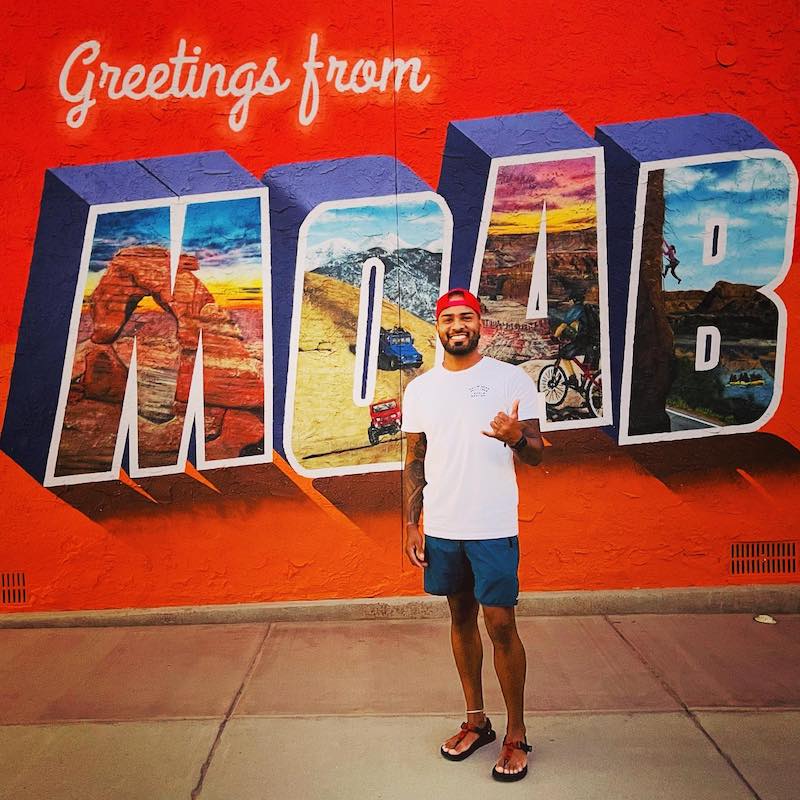
More than influencers, Moab is attracting USU faculty, nurses, welders, and construction workers who are all having trouble finding housing. Visit UtahStories to listen to our upcoming podcast interview with USU welding instructor, Chloe Wilson, and her husband, Kiefer Smith, who are currently living out of their RV, due to not being able to pay the $10,000 deposit for a condo.
Subscribe to Utah Stories free digital newsletter to listen to our podcast each week.

